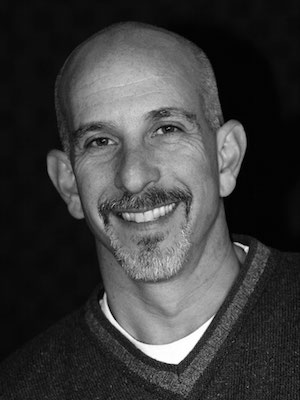
We moved into our house 10 years ago. At the time, I made one promise: “I’m never moving again. They’re carrying me out of here in a box.”
“Why move?” I thought. “The neighborhood is great, the schools are nearby, and the house has everything we want.”
Besides, it was such an ordeal to move that I did the math and quickly determined that death was preferable to packing boxes, painting bedrooms and killing or trapping whatever appears to be living beneath the back deck.
But, like deciding to have additional children, after a few years, the negative aspects of moving fade. Before you know it, you’ve forgotten what a nightmare it is, and you’re excited about the new adventure.
Which is why last weekend, on a recommendation from a neighbor, we wandered over to a new development going up on the other side of town.
Wow. Pretty much everything we’d hoped for in our quest to downsize, including a price that seemed about right. We put down a deposit right then and there.
As we drove away, we had two decisions to make:
Decision #1: Which model did we want? The builder offers four choices (A, B, C, or D) each varying in layout, square footage, and price.
Decision #2: How much of the basement do we want to finish? They charge $44 per square foot, and they’ll build out as much as you like. (I suggested one square foot, just for its conversation value, but my wife rolled her eyes. Women, huh?)
Here’s the interesting thing:
Decision #1 is a decision worth several hundred thousand dollars – and it was easy. It took us about 15 minutes to choose model D.
Decision #2, on the other hand, one which will cost between $12,000 and $15,000, is still an open question a week later. Three hundred square feet? Three-twenty? Two-Eighty-Five? We’re not sure.
How easy, or hard, is it for people to hire you?
Don’t you find that odd? Why is it so much harder to settle on a (relatively) teeny number than on a great big one?

I have a theory, and it has everything to do with how you price your services and how easy – or hard – you make it for people to hire you.
- Decision #1 is a flat fee. One price gives us everything in the package. It’s a big number, but it’s a straightforward, a yes or no decision. It feels satisfying to make it, and once we do, we’re done thinking about the money.
- Decision #2, on the other hand, is a sliding scale of infinite variation. It offers more choice, certainly, but it also offers more doubt. It’s up to us to figure out where to land on the continuum that runs from finishing zero square feet to the entire basement.
Flat fee pricing is better.
I’ve long advocated for flat fee pricing over hourly pricing. For any number of reasons, it’s better for you, and it’s better for your clients.
But it wasn’t until our house hunting experience that I realized one additional benefit: Flat fee pricing makes the buying decision easier for prospective clients (even if the number they’ll end up paying is considerably larger than if they bought the same thing on an hourly basis).
Take a minute, please, to read that last sentence again; it’s the point of this article.
With flat fee pricing, prospects take action more quickly and feel more satisfaction during the course of the project. Money is a simple, one-time decision.
Hourly pricing, on the other hand, is more like our basement build-out choice:
First, your prospects have to decide if your hourly fee feels appropriate. (Didn’t you pause a few paragraphs back and wonder if $44 per square foot seems reasonable?)
Next, they wonder how many of those hours they’ll have to buy to get the job done. Finally, and throughout the course of the project, they’re constantly adding up the time and doing the math.
Sell more and earn more
Here’s the bottom line. I acknowledge that flat fee, project-based pricing doesn’t work in all cases. There are plenty of businesses and projects that, by their very nature, demand an hourly structure.
But plenty of others don’t.
So here’s my advice: Create and offer flat fee packages and programs, even if some of your other work remains hourly.
You’ll sell more and earn more, more easily. The people who hire you will be more satisfied with the result.
Michael Katz is Founder and Chief Penguin of Blue Penguin Development. He specializes in helping professional service providers talk about their work in a way that is clear and compelling. Sign up for his free newsletter, The Likeable Expert Gazette, here.
© YFS Magazine. All Rights Reserved. Copying prohibited. All material is protected by U.S. and international copyright laws. Unauthorized reproduction or distribution of this material is prohibited. Sharing of this material under Attribution-NonCommercial-NoDerivatives 4.0 International terms, listed here, is permitted.













